Home>Dining>Tableware>What Is The Standard Width Of A Dining Table?
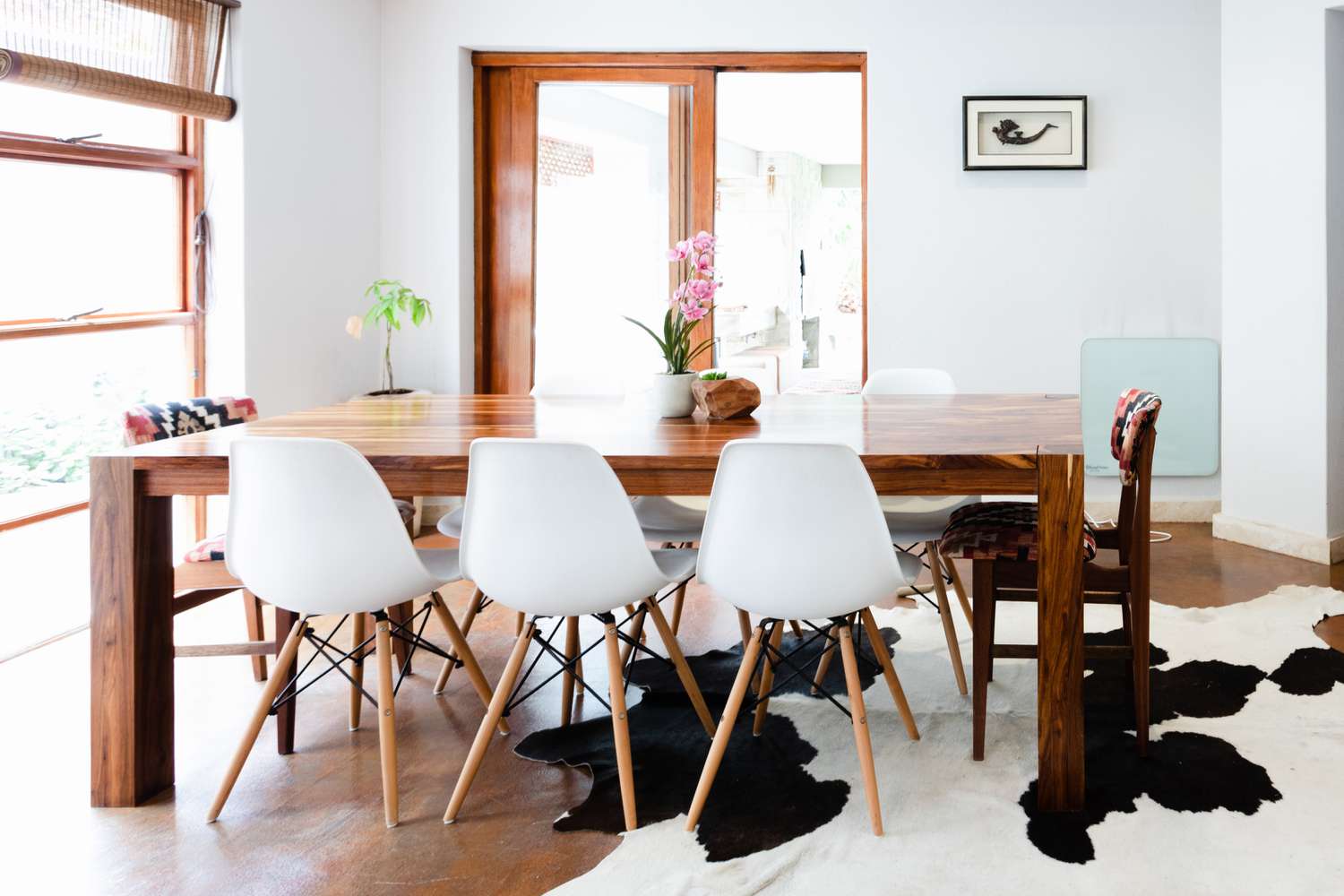

Tableware
What Is The Standard Width Of A Dining Table?
Modified: January 14, 2024
Discover the standard width of a dining table and choose the perfect tableware for your space. Find the ideal dimensions for optimal functionality and style.
(Many of the links in this article redirect to a specific reviewed product. Your purchase of these products through affiliate links helps to generate commission for Storables.com, at no extra cost. Learn more)
Introduction
Welcome to the wonderful world of tableware! Whether you’re a seasoned entertainer or a novice host, choosing the right dining table is a crucial part of creating a captivating dining experience. When it comes to selecting the perfect table, one of the key considerations is the width. The width of a dining table can significantly impact its functionality and visual appeal. In this article, we will explore the standard width of a dining table and factors to consider when making your choice.
Before we dive into the specifics, it’s important to understand the significance of dining table width. The width not only affects how many people can comfortably sit around the table, but it also plays a major role in the overall aesthetics of your dining area. A table that is too narrow may feel cramped and restrict movement, while a table that is too wide can make it challenging for guests to engage in conversation across the table.
Now that we understand the importance of dining table width, let’s explore the factors to consider when choosing the perfect width for your dining table.
Key Takeaways:
- Choose a dining table width that suits your space and dining style, ensuring comfortable seating and a visually appealing atmosphere. Consider factors like available space, seating capacity, and design aesthetics to make an informed decision.
- Standard widths for different types of dining tables range from 36 inches to 60 inches, but custom options are available to meet your unique needs. Measure your space, consider your dining style, and try out different tables to find the perfect fit for memorable gatherings with family and friends.
Factors to Consider when Choosing a Dining Table Width
When deciding on the width of your dining table, there are a few important factors to consider. Let’s take a closer look at these factors:
- Available Space: The size of your dining area is a crucial determinant in choosing the width of your table. Measure the dimensions of your space to ensure that you leave sufficient clearance around the table for comfortable movement. A general rule of thumb is to have at least 36 inches (91 cm) of space between the table edge and any walls or furniture.
- Seating Capacity: Consider how many people you wish to accommodate at your dining table. The width of the table should allow enough room for each person to have comfortable elbow space. A good guideline is to allocate a width of 24 inches (61 cm) per person. However, if you frequently entertain large groups, you may want to allocate more space to ensure everyone feels comfortable.
- Dining Style: As you set your table, consider your preferred dining style as it should also influence the width of your table. If you enjoy intimate, cozy meals, a narrower table may be more suitable. Conversely, if you often host formal dinners or like to spread out with elaborate place settings or centerpieces, a wider table will offer the necessary space to accommodate your needs.
- Table Shape: The shape of your dining table will affect its perceived width. Round or oval tables can appear larger than rectangular tables of the same width due to the absence of sharp corners. If you have a smaller dining area, opting for a round or oval table can make the space feel more open and inviting.
- Design and Aesthetics: The width of your dining table should complement the overall style and aesthetic of your dining area. Consider the other furniture and decor elements in the room. If you have a minimalist or modern design, a sleek and narrow table may be more appropriate. Alternatively, if your style leans towards a rustic or farmhouse look, a wider table with a more substantial presence can enhance the ambiance.
By considering these factors and finding the right balance between functionality and aesthetics, you can narrow down your options and choose a dining table width that fits perfectly into your space and enhances your dining experience.
Standard Widths for Different Types of Dining Tables
When it comes to dining tables, there are various types and styles available, each with its own standard width range. Let’s explore the standard widths for different types of dining tables:
- Rectangular Tables: Rectangular dining tables are the most common and versatile option. They come in a variety of widths to accommodate different dining spaces and seating capacities. The standard width range for rectangular tables is between 36 inches (91 cm) and 48 inches (122 cm). This width range allows for comfortable seating of four to six people, with additional options available for larger rectangular tables.
- Round Tables: Round dining tables are a great choice for smaller spaces or to promote a more intimate dining experience. The standard width range for round tables is typically between 36 inches (91 cm) and 60 inches (152 cm). A 36-inch round table can comfortably accommodate four people, while a 60-inch round table can seat up to six people.
- Square Tables: Square dining tables offer a contemporary and stylish option for smaller dining areas. The standard width range for square tables is between 36 inches (91 cm) and 48 inches (122 cm). Square tables in this width range can comfortably seat four people.
- Oval Tables: Oval dining tables provide a unique blend of the spaciousness of a rectangular table and the aesthetic appeal of a round table. The standard width range for oval tables is between 36 inches (91 cm) and 48 inches (122 cm). This width range allows for comfortable seating of four to six people.
- Extension Tables: Extension tables are versatile options that can expand to accommodate additional guests. The standard width range for extension tables is similar to rectangular or oval tables, typically between 36 inches (91 cm) and 48 inches (122 cm) when not extended. When extended, these tables can easily accommodate more people.
It’s crucial to note that while these are the standard widths for different types of dining tables, you can also find custom options available to suit your specific needs and preferences. Always check with the manufacturer or retailer to determine the exact dimensions of any table you are interested in.
Now that we’ve explored the standard widths for different types of dining tables, let’s move on to understanding how to choose the right width for your specific needs.
The standard width of a dining table is typically around 36 inches for a rectangular table and 48 inches for a round table. This allows for comfortable seating and easy access to the table.
Choosing the Right Width for Your Dining Table
Choosing the right width for your dining table involves considering your specific needs, preferences, and available space. Here are some tips to help you make the best decision:
- Measure your dining area: Start by measuring the dimensions of your dining area, taking into account any other furniture or obstruction. This will give you a clear idea of the maximum width you can accommodate without overcrowding the space.
- Determine your seating capacity: Consider how many people you want to seat comfortably at your dining table. Allocate a width of about 24 inches (61 cm) per person to ensure sufficient elbow room. If you frequently entertain larger groups, you may want to opt for a wider table to accommodate more guests.
- Consider your dining style: Think about your preferred dining style and the activities you typically engage in at the table. If you often host formal dinner parties or enjoy elaborate place settings, a wider table may be more appropriate. For more intimate and casual meals, a narrower table can create a cozier atmosphere.
- Match the table with your room’s style: Take into account the overall style and decor of your dining area. Choose a table width that complements the aesthetic and fits harmoniously with other furniture pieces. A narrow, minimalist table may suit a modern room, while a wider, rustic table may be better suited for a farmhouse-style setting.
- Try it out: If possible, visit a showroom or furniture store to see and experience different table widths firsthand. Sit at the tables and visualize how they would fit in your space. This can give you a better sense of whether the width feels comfortable and suits your needs.
- Consider expandable options: If you frequently host larger gatherings but have limited space on a day-to-day basis, consider an extendable or collapsible dining table. These options allow you to adjust the width as needed, providing versatility without compromising on style or functionality.
Remember, choosing the right width for your dining table is a personal decision that should reflect your lifestyle, preferences, and available space. Take your time, explore different options, and consider all the factors mentioned above before making your final decision.
With these guidelines in mind, you’ll be able to select a dining table width that transforms your dining area into a functional and inviting space for memorable gatherings with family and friends.
Conclusion
Choosing the right width for your dining table is crucial for creating a functional and visually appealing dining space. By considering factors such as available space, seating capacity, dining style, table shape, and design aesthetics, you can make an informed decision that meets your specific needs and preferences.
Standard widths for different types of dining tables range from 36 inches (91 cm) to 60 inches (152 cm), depending on the shape and style of the table. However, it’s essential to remember that these are just starting points, and custom options are also available to suit your unique requirements.
Measure your dining area, determine your seating capacity, and consider your dining style when selecting the width of your table. Aligning the table width with the room’s overall style and decor will create a cohesive and visually pleasing look.
Ultimately, the right width for your dining table will enhance your dining experience, making meals more enjoyable and comfortable for you and your guests. Don’t forget to try out different tables in person and consider expandable options if you need versatility in seating capacity.
Now that you have a deeper understanding of the factors to consider and standard widths for dining tables, you can confidently make an informed decision when choosing the perfect width for your dining table. Happy table shopping and may your dining experiences be filled with joy, warmth, and delicious food!
Frequently Asked Questions about What Is The Standard Width Of A Dining Table?
Was this page helpful?
At Storables.com, we guarantee accurate and reliable information. Our content, validated by Expert Board Contributors, is crafted following stringent Editorial Policies. We're committed to providing you with well-researched, expert-backed insights for all your informational needs.
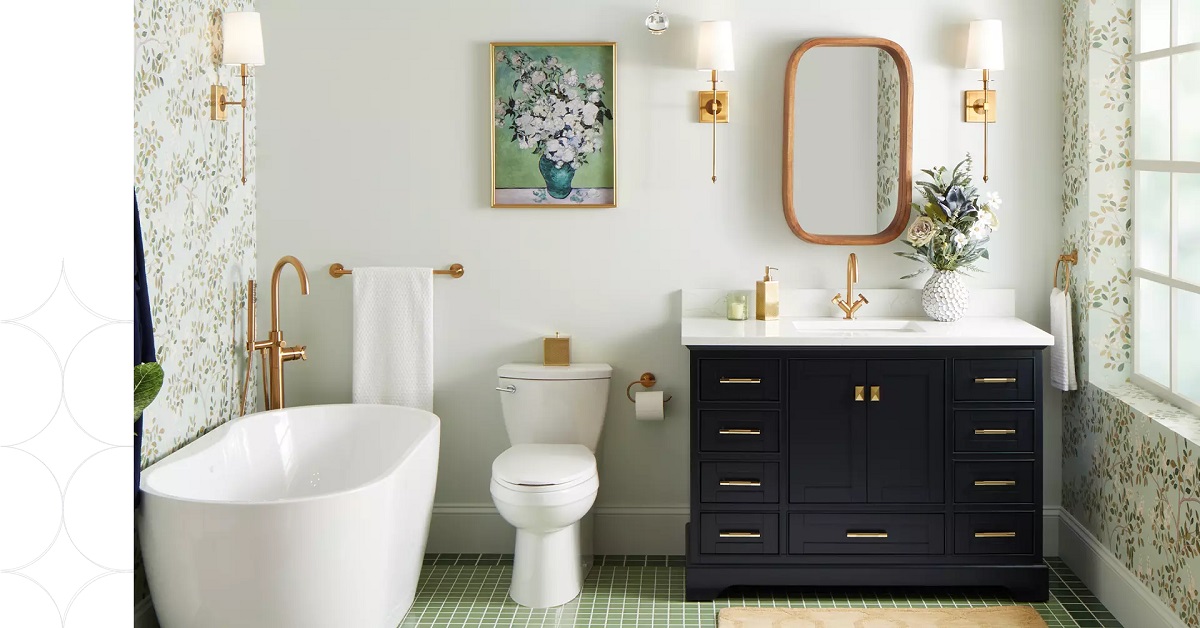
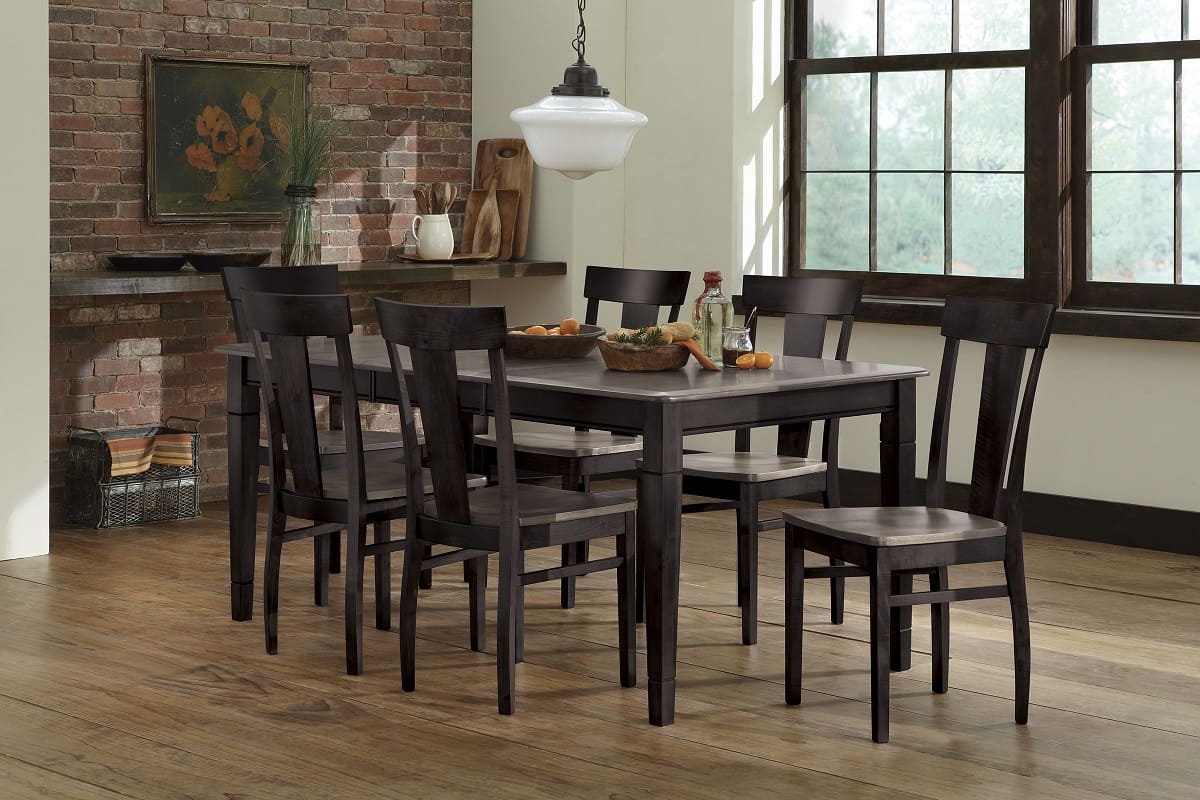
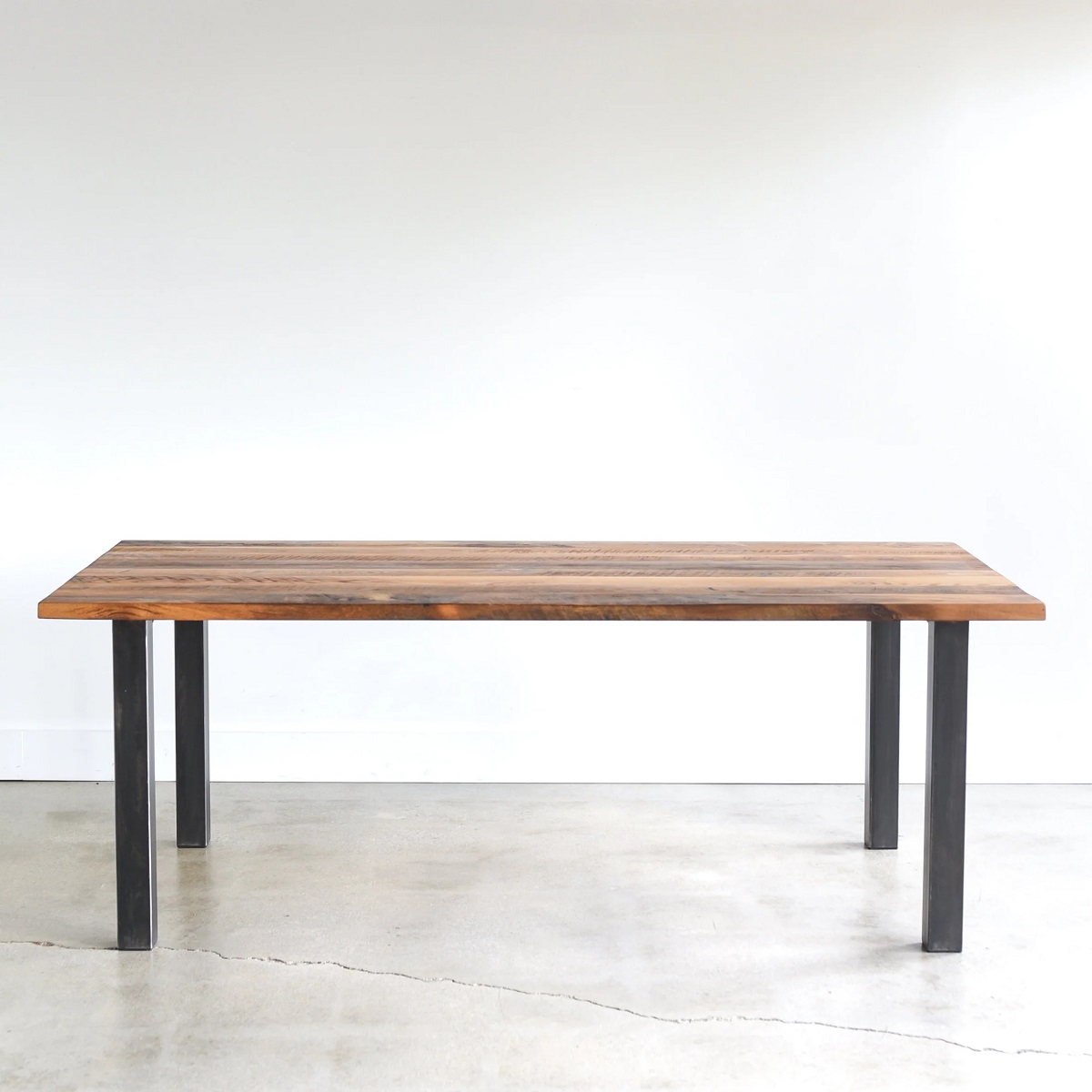
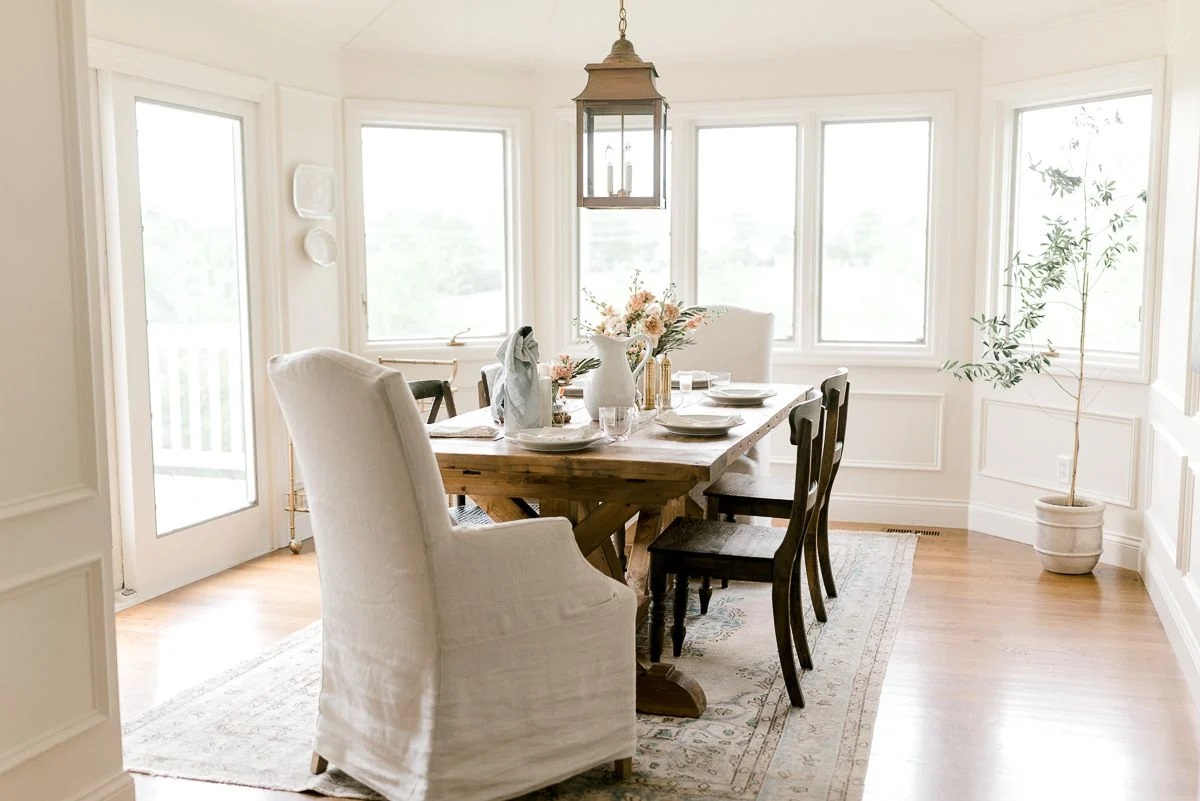
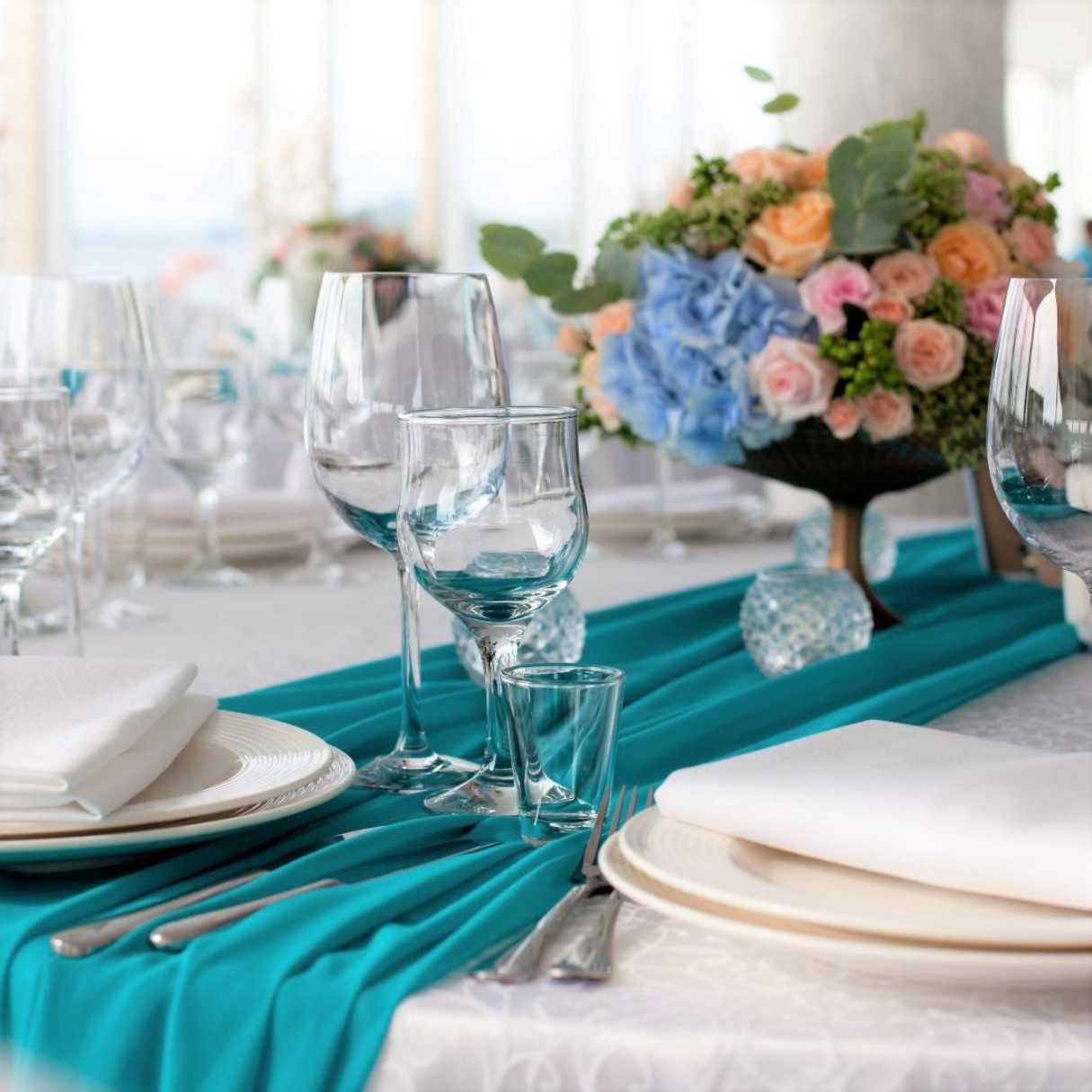
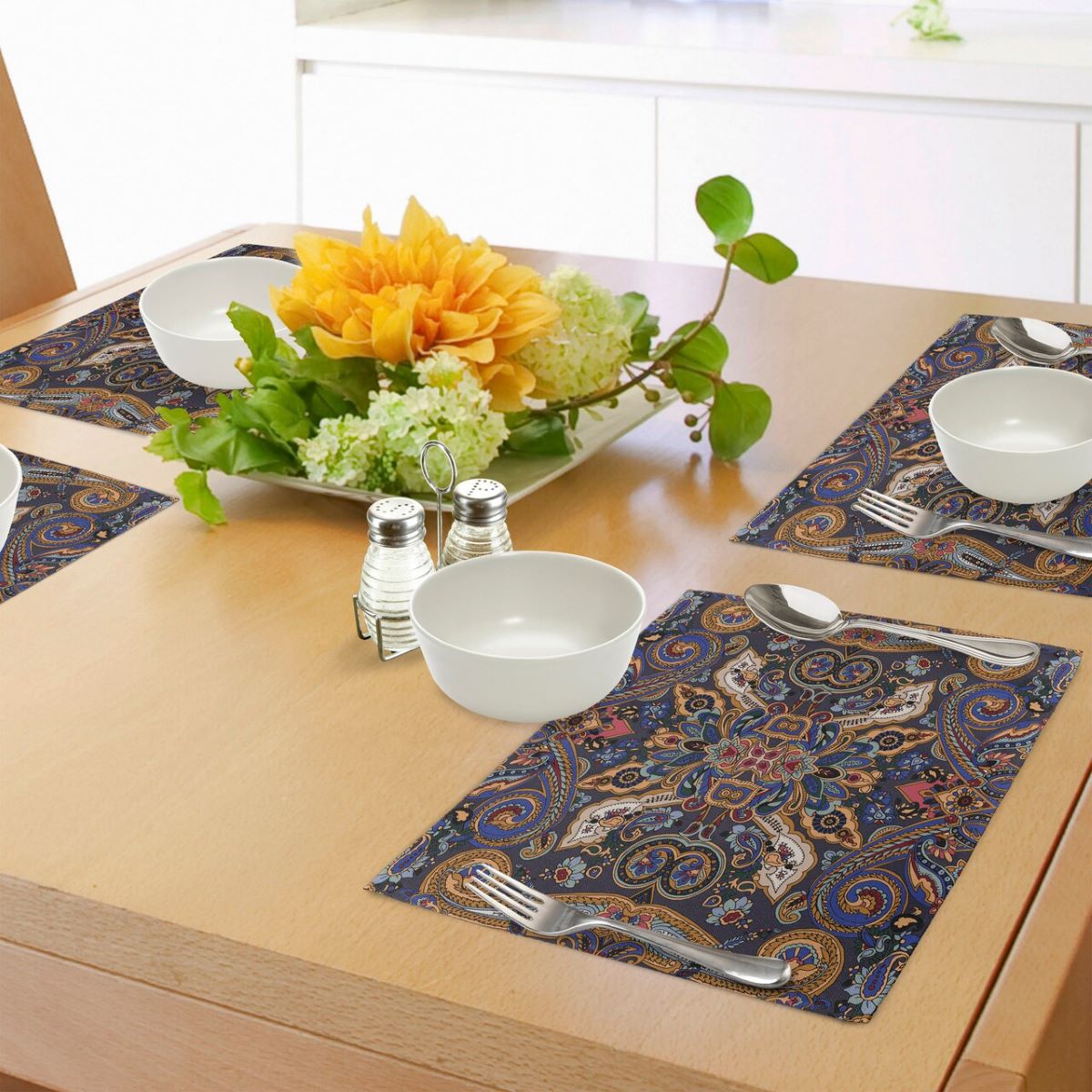
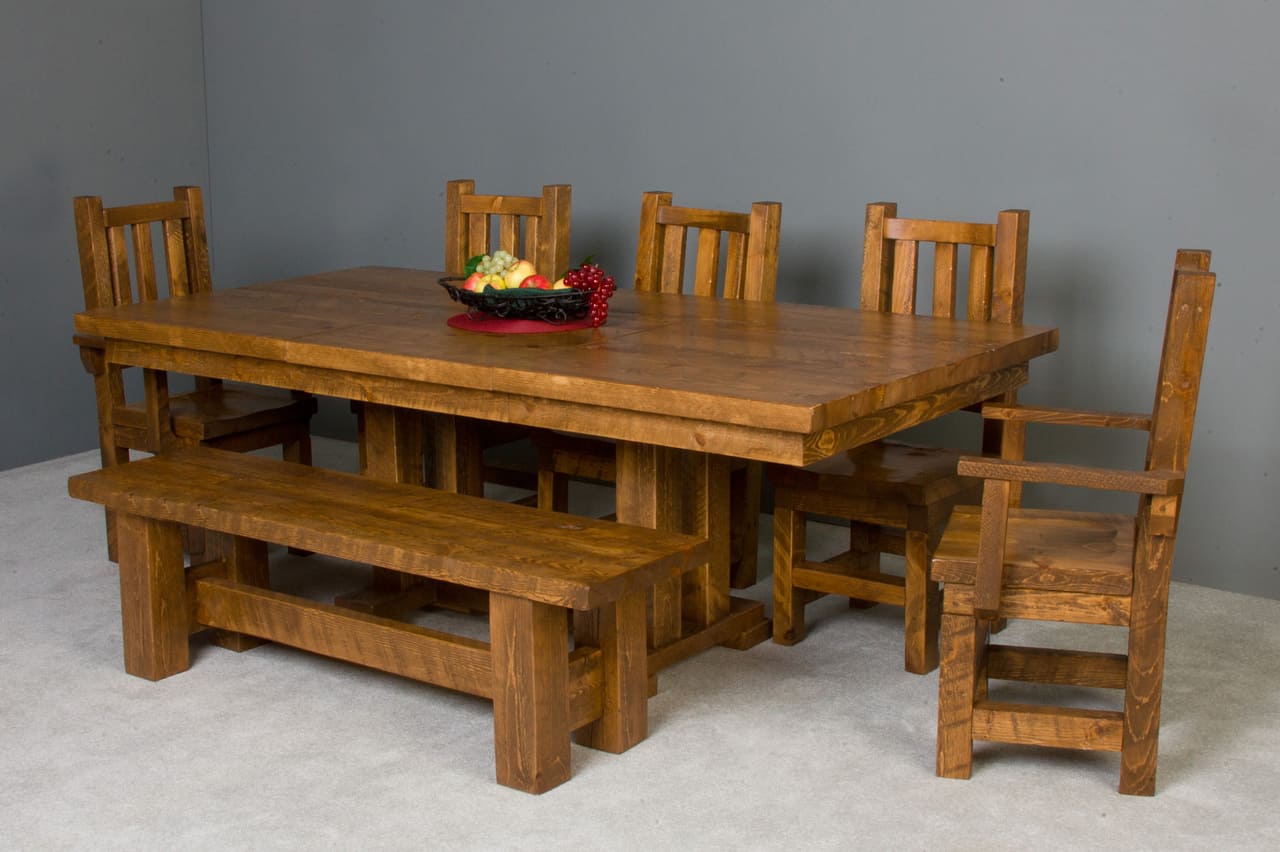
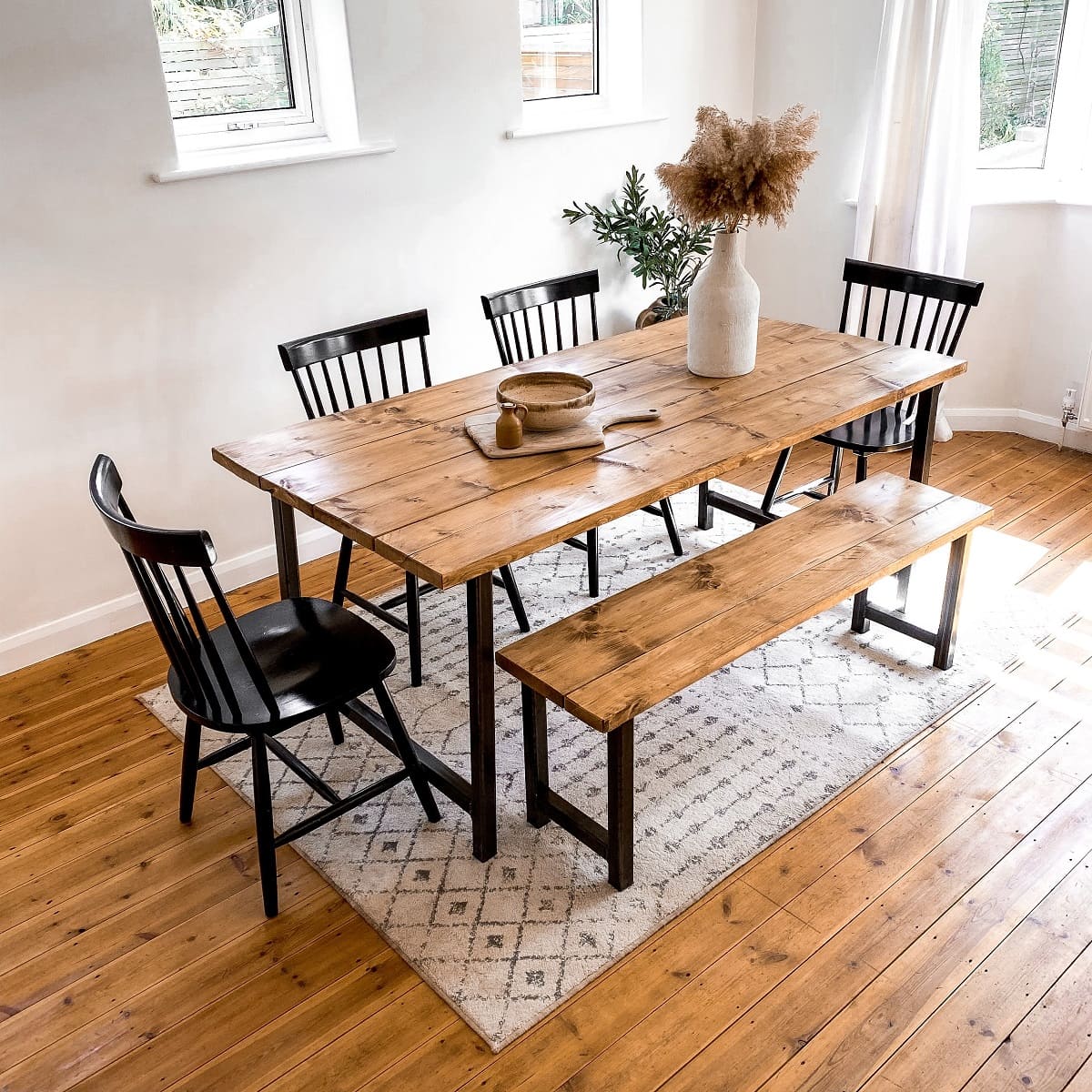
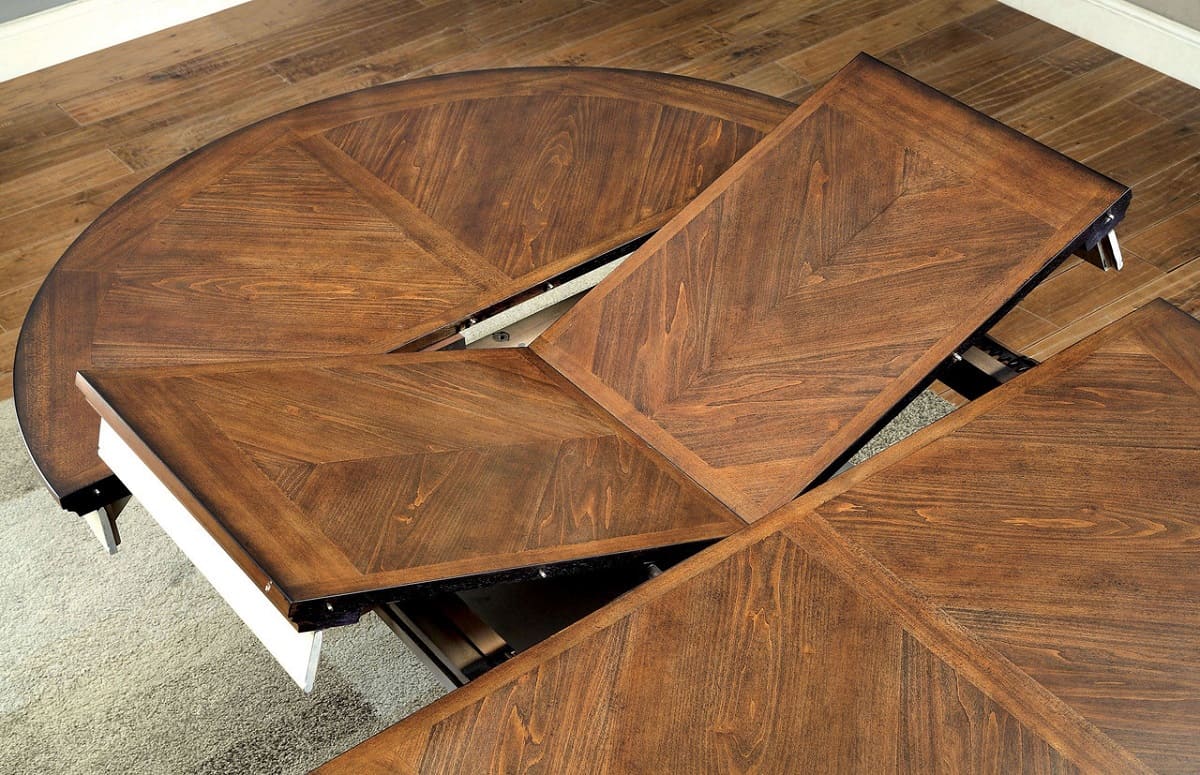

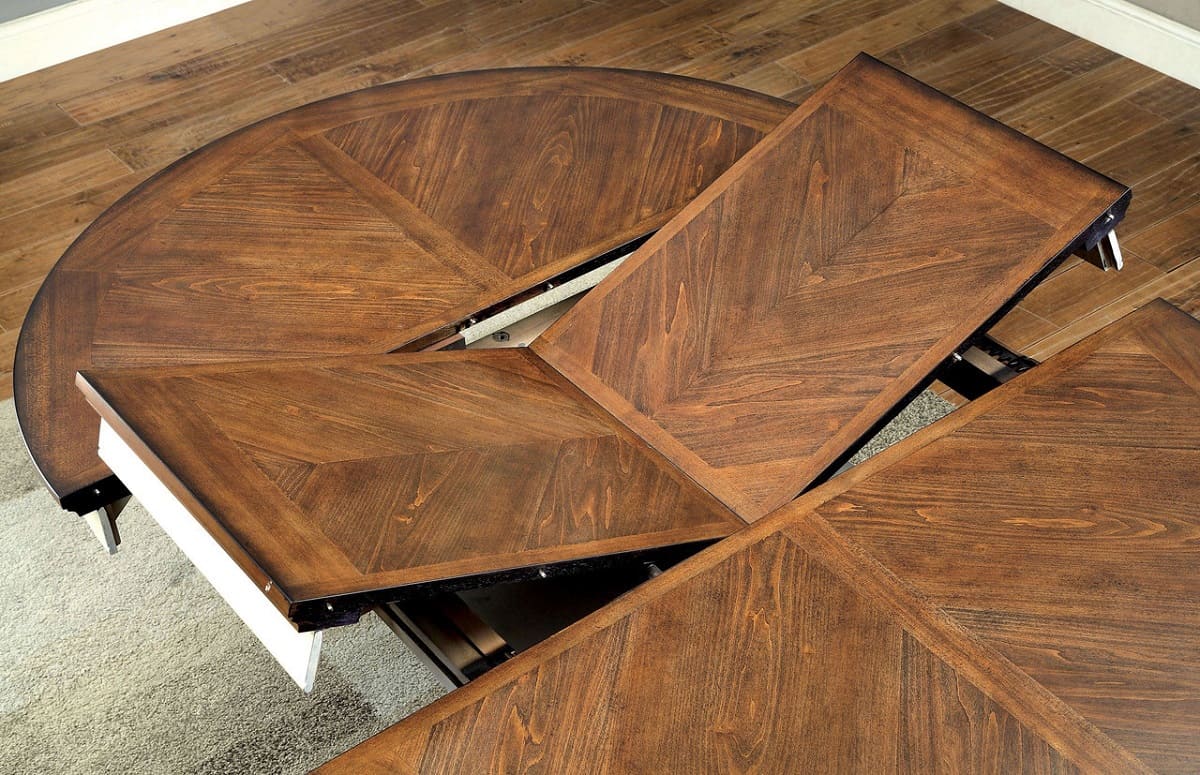
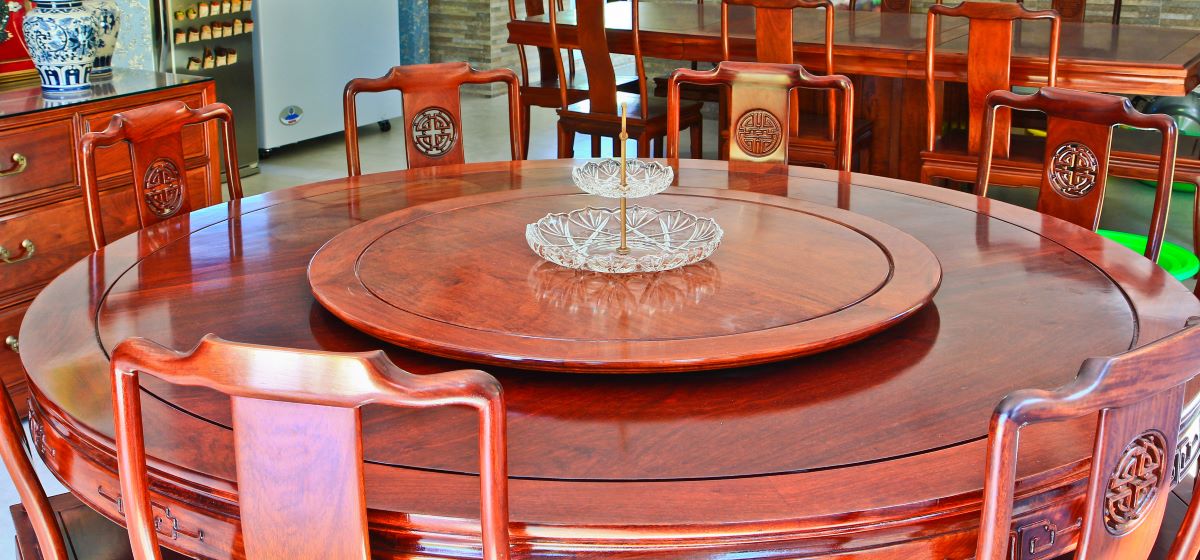
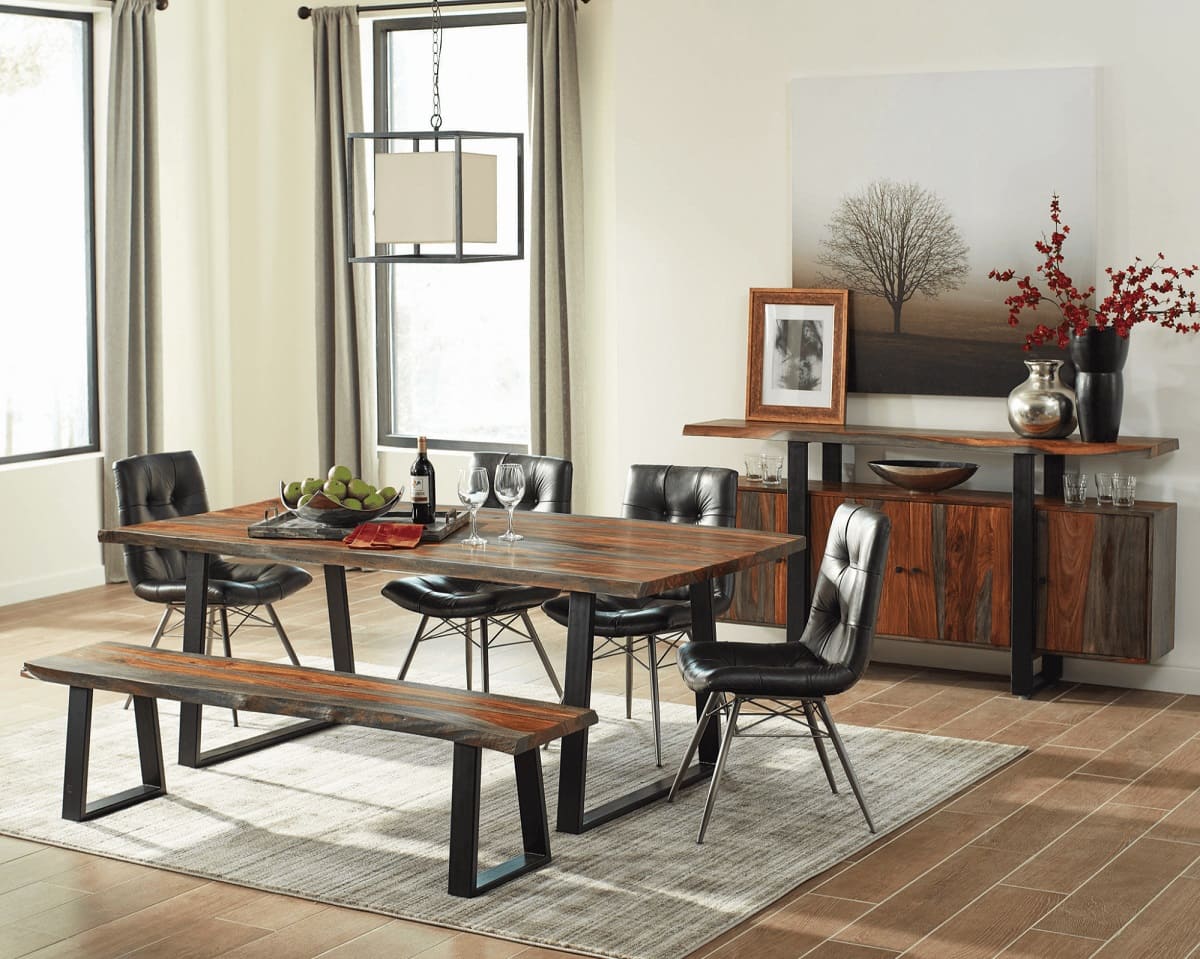
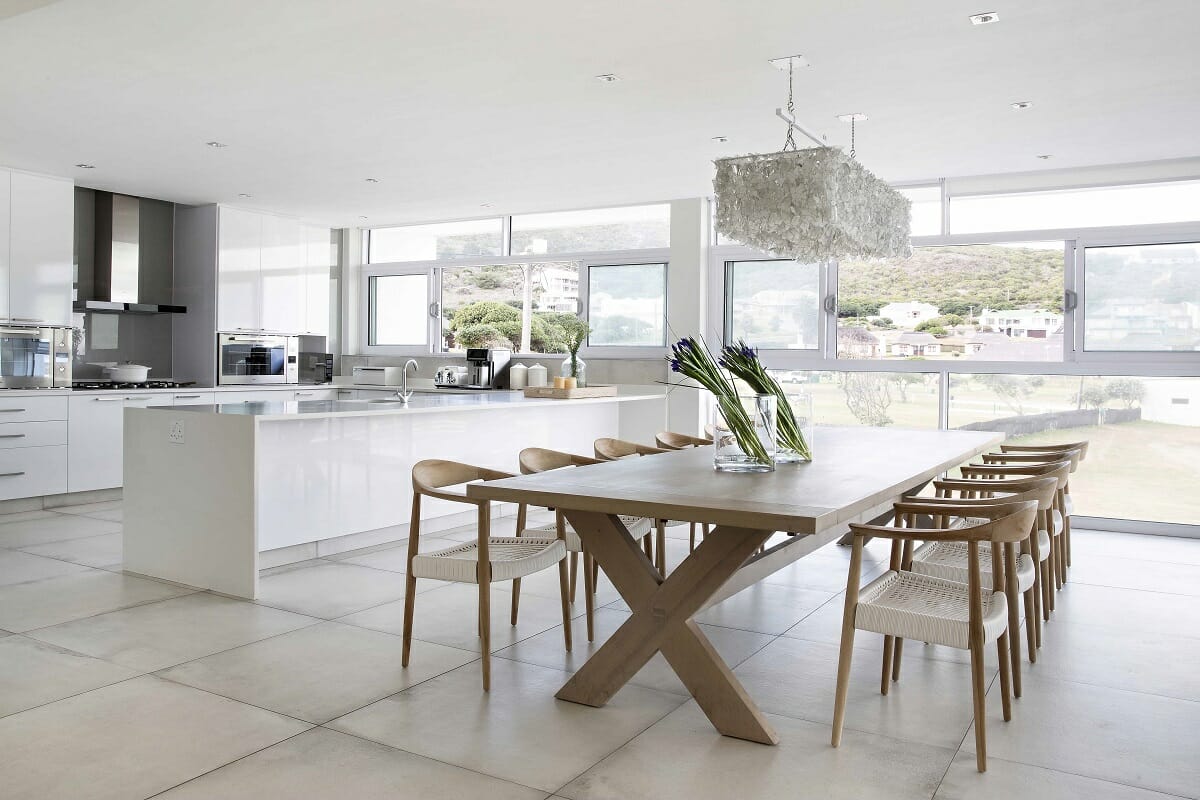
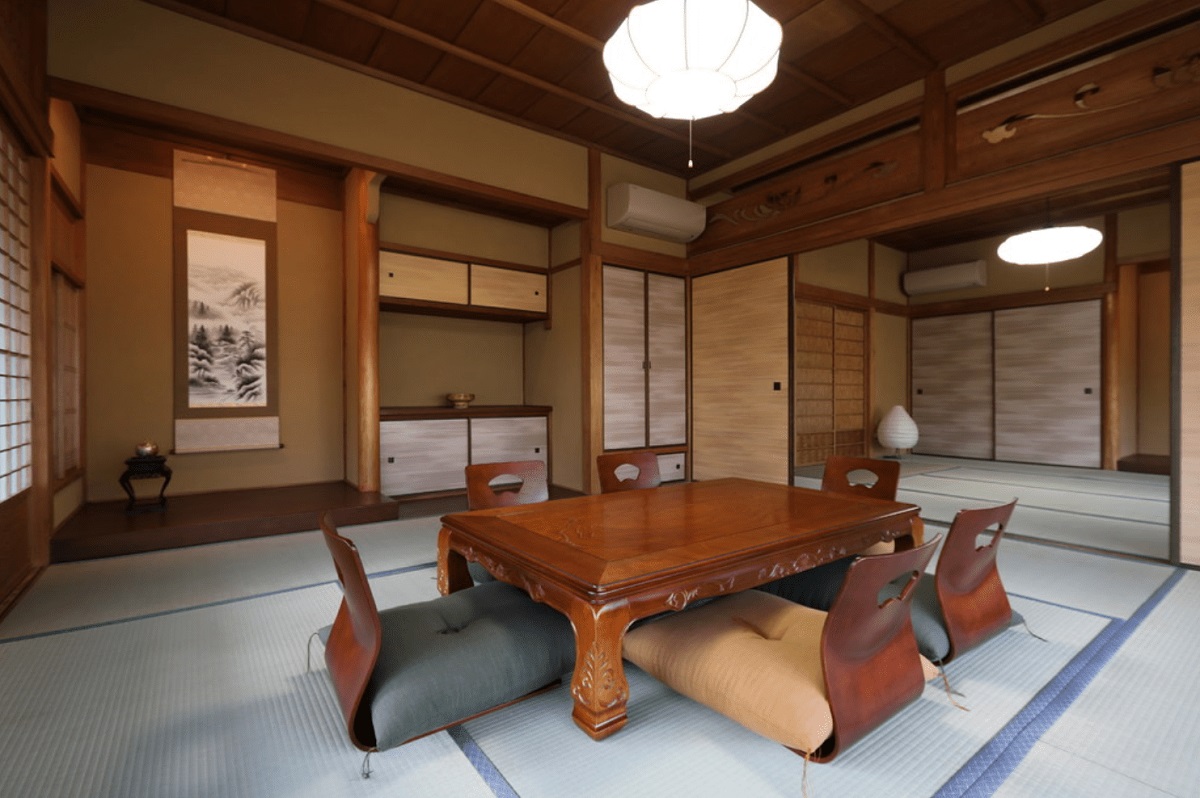

0 thoughts on “What Is The Standard Width Of A Dining Table?”